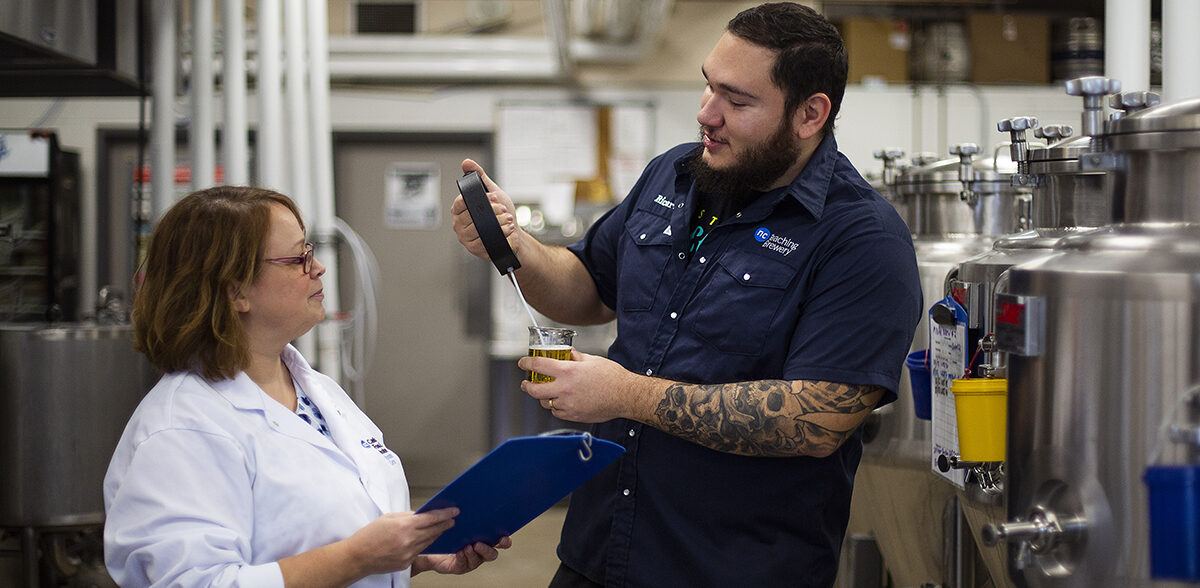A familiar name in Niagara, Walker Industries is a diverse, Ontario-based company with an environmental division that specializes in waste management and resource recovery.
Being a neighbour to Niagara College (NC), Walker Industries has created an ongoing and positive partnership with NC’s Horticultural & Environmental Sciences Innovation Centre (HESIC).
One of the areas of focus for Walker, led by Greg Robles, Manager Innovation & Optimization, Environmental Division, is the conversion of wood fiber residuals to renewable gases and solid biocarbon through a process known as high temperature pyrolysis. The technology utilizes a kiln specifically designed to heat feedstock to temperatures as high as 900°C in an oxygen-free environment, where the material undergoes pyrolysis. Pyrolysis is a process to chemically decompose organic materials at elevated temperatures in the absence of oxygen. During this process, organic materials are carbonized and concentrated into a high carbon solid residue (biocarbon), while quantities of synthetic gases (syngas) are liberated.
The resulting solid product, also known as biochar, has been proven to be beneficial to agricultural operations by capturing nutrients in the soil and providing these nutrients back to the crops.
Before biochar is to be used successfully as a soilless greenhouse media enhancement, its blend rate must first be determined, and this is why Walker tapped into HESIC’s expertise to help investigate this innovation challenge.
The risk of excess biochar blended in media is that it may make nutrients less available as roots will be unable to uptake nutrients. If too little biochar is blended with media, there may be insignificant nutrient retention and thus nutrients will be lost in the leachate.
HESIC researchers created a matrix of biochar and Gro-Bark® greenhouse media, to examine the nutrient content of leachate over time and whether nutrient content within the leachate was affected by the ratio of biochar. This study found that the amendment of Gro-Bark® greenhouse media with biochar increased media cation exchange capacity (CEC) and decreased nutrient loss due to leaching.







